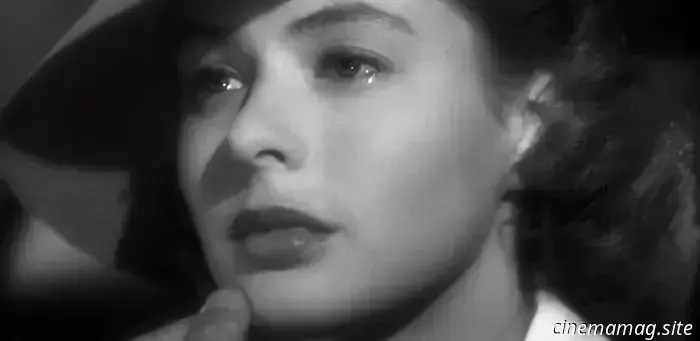
12 Timeless Films from the 1940s That Remain Enjoyable to Watch
These classic films from the 1940s have aged remarkably well over the years: despite their imperfections, they delve into elements of human nature that remain constant and may even provide some reassurance that amid contemporary challenges, certain things are enduring.
A disclaimer: Even the most progressive films of the 1940s featured portrayals that might seem outdated and stereotypical today — though at the time, audiences likely regarded them as a fair representation of reality.
Indeed, many of these timeless movies held varying expectations for men and women. Yet some of the finest — like Notorious, a personal favorite — cleverly subvert those expectations.
With that said, here are the films.
Casablanca (1942)
Warner Bros.
When people express their fondness for classic 1940s films, this is likely one that comes to mind.
Ingrid Bergman delivers a captivating performance as Ilsa Lund, a woman caught between her love and her obligation to confront fascism. Humphrey Bogart, as her former lover Rick, stands out as one of cinema’s finest male leads.
However, Casablanca is a film where everyone excels, from director Michael Curtiz to writers Howard Koch and the Epstein brothers. Although everyone has their favorite moment, ours is, as you might expect, “I’m shocked, shocked.”
The portrayal of Sam, the Black piano player, could be better — yet it is much more favorable than how other Black characters were depicted in 1940s cinema. Sam is a charming figure, incredibly talented, and firmly established as one of the heroes.
Citizen Kane (1941)
RKO Radio Pictures – Credit: RKO Pictures
Often regarded as one of the greatest films in history, Orson Welles’ Citizen Kane reinterprets the life of real media tycoon William Randolph Hearst, who despised the film so much that he tried to limit its theatrical release and influence.
A powerful individual attempting to use his wealth and the legal system to stifle criticism? To quote another film on this list: “I’m shocked, shocked.”
If you find some of the more contemplative segments tedious, remember that Orson Welles accomplished this at the age of 26, which is quite an achievement.
Double Indemnity (1944)
Paramount Pictures – Credit: C/O
This noir masterpiece could very well be the most entertaining film about insurance ever made. It features sizzling moments like the anklet scene — or the “how fast was I going” scene — with Fred MacMurray as an insurance agent and Barbara Stanwyck as a conniving client.
It never rushes, which paradoxically makes it even more enticing. The film inspired numerous (often colorful) movies, including 1981’s well-received Body Heat, but we still favor the 1940s original.
Laura (1944)
20th Century Fox
Laura could easily be reimagined today as an incel horror thriller or as a #MeToo narrative: it tells the tale of a young, beautiful, and capable executive, Laura Hunt (Gene Tierney), whose murder is discovered outside her apartment.
The story is recounted by columnist Waldo Lydecker (Clifton Webb), who befriended her and sought to use his connections to assist her. It’s hard to believe that the unsettling trend of older men offering help to attractive younger women — while expecting something in return — is not unique to contemporary times.
However, despite its initial grim premise, the twists begin to unfold in Laura, which somehow, spoiler alert, concludes with a happy ending.
The Lost Weekend (1945)
Paramount Pictures
This raw and empathetic portrayal of addiction, directed by Billy Wilder, is based on Charles R. Jackson’s 1944 novel inspired by his own battle with alcoholism.
Featuring Ray Milland and Jane Wyman, it provides a candid and riveting depiction of how talent can be overshadowed by alcoholism, serving as a template for many addiction narratives that followed.
Its brilliance was acknowledged at the time; it is among just three films, along with 1955’s Marty and 2019’s Parasite, to have won both the Oscar for Best Picture and the Grand Prix at the Cannes Film Festival, sharing the Grand Prix at its inaugural awards with ten other films.
Christmas in Connecticut (1945)
Warner Bros.
You may have noticed various recent movies or shows (or TikToks?) centering on so-called influencers who portray ideal lives while leading much different realities behind closed doors. All of these owe a nod to Elizabeth Lane, the lead character in Christmas in Connecticut, portrayed by Barbara Stanwyck, who plays a role quite different from her character in Double Indemnity.
Lane is a magazine writer who feigns living on an impeccably tended farm in Connecticut and is adored for her recipes and tales of family life. In truth, she’s a single woman residing in a modest New York City apartment.
Interestingly, we recently discovered that












Other articles
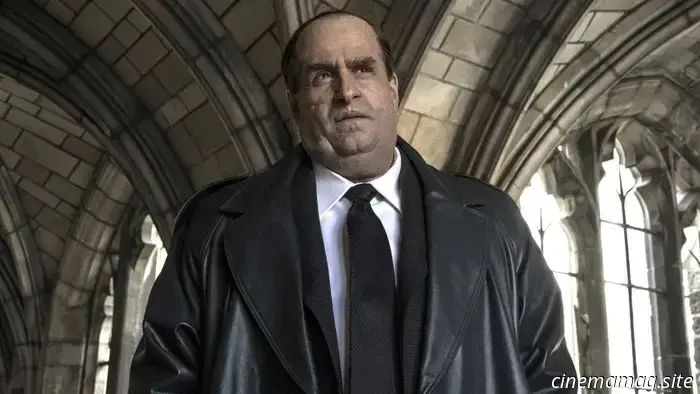 Colin Farrell hints at a “darker, more intense” atmosphere for The Batman Part II.
As we wait for more updates on the highly anticipated The Batman Part II, Colin Farrell has hinted at his role in the sequel and mentioned the "deeper, scarier" script by director Matt Reeves.
Colin Farrell hints at a “darker, more intense” atmosphere for The Batman Part II.
As we wait for more updates on the highly anticipated The Batman Part II, Colin Farrell has hinted at his role in the sequel and mentioned the "deeper, scarier" script by director Matt Reeves.
 Wolfenstein is coming to World of Tanks as part of a limited-time event.
Starting from 2nd October, the legendary Wolfenstein video game series enters the world of World of Tanks with the exciting limited-time Battle Pass Special: Wolfenstein. This event will take place until 13th October...
Wolfenstein is coming to World of Tanks as part of a limited-time event.
Starting from 2nd October, the legendary Wolfenstein video game series enters the world of World of Tanks with the exciting limited-time Battle Pass Special: Wolfenstein. This event will take place until 13th October...
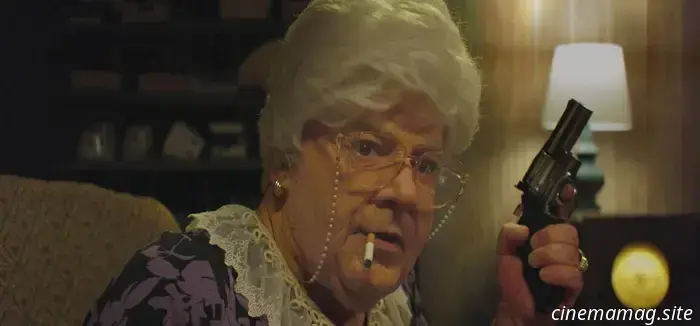 Film Review – Screw My Son! (2025)
"Fuck My Son!", 2025. Directed by Todd Rohal. Featuring Tipper Newton, Robert Longstreet, Steve Little, and Kynzie Colmery. SYNOPSIS: A mother’s frenetic journey inadvertently draws an innocent bystander into a twisted situation...
Film Review – Screw My Son! (2025)
"Fuck My Son!", 2025. Directed by Todd Rohal. Featuring Tipper Newton, Robert Longstreet, Steve Little, and Kynzie Colmery. SYNOPSIS: A mother’s frenetic journey inadvertently draws an innocent bystander into a twisted situation...
 Starting on 2nd October, the renowned Wolfenstein video game series makes its way into World of Tanks with the limited-time Battle Pass Special: Wolfenstein. This event will be available until 13th October, allowing players to earn exclusive rewards themed around Wolfenstein. A new trailer has also been released, which can be viewed below.
During this event, players can step into the role of William J. Blazkowicz and acquire unique rewards, including game characters as crew members, 2D tank styles, various customization options, and the Zwilling, the first German Tier VIII double-barrel heavy tank.
The Zwilling German Tier VIII heavy tank has been seized from Regime forces by Blazkowicz and his allies and is now being deployed against the very enemies seeking to extinguish freedom. This new vehicle is equipped with twin cannons that can deliver devastating salvos or precise single shots, designed with a brutalist and industrial aesthetic featuring numerous trophies and decorations, such as the Panzerhund head and the Zitadelle.
Through Chapter Progression, players will have the opportunity to recruit five Wolfenstein characters, including William J. Blazkowicz and his rival, scientist Wilhelm “Deathshead” Strasse (both without perks), as well as Anya Oliwa, Caroline Becker, and Frau Engel (each with three perks). All five characters will have distinct voiceovers by their original actors.
Players who successfully complete all 40 stages of the Base Rewards Track will receive a collection of Wolfenstein-themed items, including exclusive decals, inscriptions, a 2D style, and William J. Blazkowicz as a tank commander, alongside additional rewards obtainable through special combat missions.
The Battle Pass Special: Wolfenstein is available from 2nd to 13th October in World of Tanks.
GameMill Entertainment has revealed the release of Nicktoons & The Dice of Destiny for PC and consoles. Team up with SpongeBob SquarePants, Leonardo, Timmy Turner, Sandy Cheeks, and many more characters from Nickelodeon...
Starting on 2nd October, the renowned Wolfenstein video game series makes its way into World of Tanks with the limited-time Battle Pass Special: Wolfenstein. This event will be available until 13th October, allowing players to earn exclusive rewards themed around Wolfenstein. A new trailer has also been released, which can be viewed below.
During this event, players can step into the role of William J. Blazkowicz and acquire unique rewards, including game characters as crew members, 2D tank styles, various customization options, and the Zwilling, the first German Tier VIII double-barrel heavy tank.
The Zwilling German Tier VIII heavy tank has been seized from Regime forces by Blazkowicz and his allies and is now being deployed against the very enemies seeking to extinguish freedom. This new vehicle is equipped with twin cannons that can deliver devastating salvos or precise single shots, designed with a brutalist and industrial aesthetic featuring numerous trophies and decorations, such as the Panzerhund head and the Zitadelle.
Through Chapter Progression, players will have the opportunity to recruit five Wolfenstein characters, including William J. Blazkowicz and his rival, scientist Wilhelm “Deathshead” Strasse (both without perks), as well as Anya Oliwa, Caroline Becker, and Frau Engel (each with three perks). All five characters will have distinct voiceovers by their original actors.
Players who successfully complete all 40 stages of the Base Rewards Track will receive a collection of Wolfenstein-themed items, including exclusive decals, inscriptions, a 2D style, and William J. Blazkowicz as a tank commander, alongside additional rewards obtainable through special combat missions.
The Battle Pass Special: Wolfenstein is available from 2nd to 13th October in World of Tanks.
GameMill Entertainment has revealed the release of Nicktoons & The Dice of Destiny for PC and consoles. Team up with SpongeBob SquarePants, Leonardo, Timmy Turner, Sandy Cheeks, and many more characters from Nickelodeon...
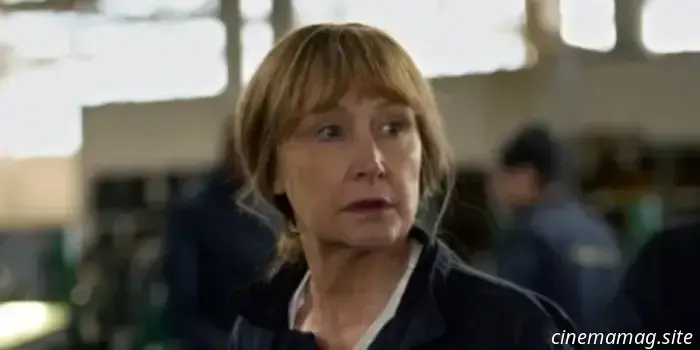 Patricia Clarkson is joining the cast of Netflix's Ransom Canyon.
Netflix has revealed that Patricia Clarkson (Lilly) will be joining the cast of its drama Ransom Canyon for the second season in a recurring role. Ransom Canyon centers around Staten Kirkland…
Patricia Clarkson is joining the cast of Netflix's Ransom Canyon.
Netflix has revealed that Patricia Clarkson (Lilly) will be joining the cast of its drama Ransom Canyon for the second season in a recurring role. Ransom Canyon centers around Staten Kirkland…
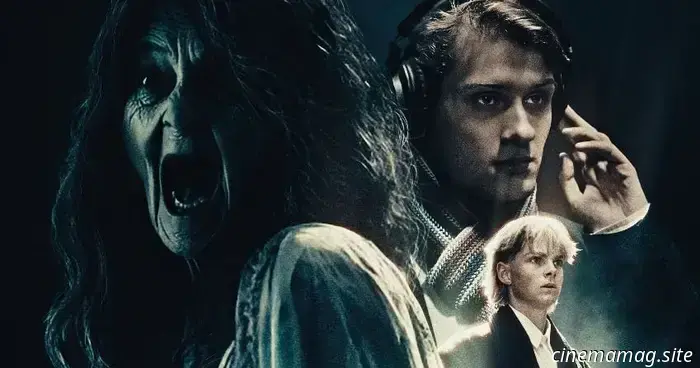 Trailer for the supernatural horror film Nightfall: A Paranormal Investigation.
Black Mandala has released a poster and trailer for the supernatural horror film Nightfall: A Paranormal Investigation, directed by Myles McEwen and Ripley Stevens, which is set in the 1980s. The story centers on seasoned par…
Trailer for the supernatural horror film Nightfall: A Paranormal Investigation.
Black Mandala has released a poster and trailer for the supernatural horror film Nightfall: A Paranormal Investigation, directed by Myles McEwen and Ripley Stevens, which is set in the 1980s. The story centers on seasoned par…
12 Timeless Films from the 1940s That Remain Enjoyable to Watch
These timeless films from the 1940s have aged gracefully over the years: Despite their imperfections, they acknowledge and explore elements of human nature.
